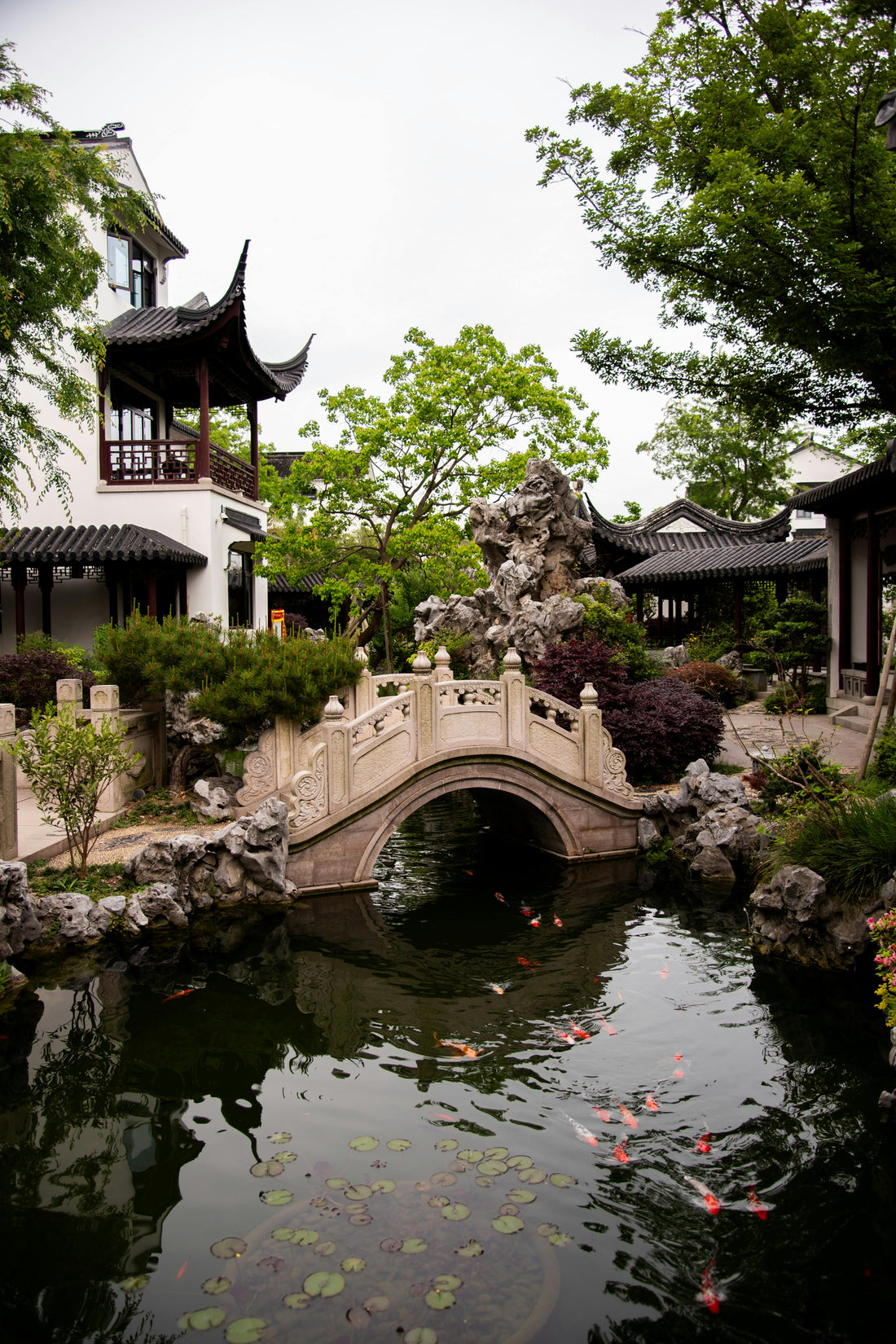
Where Bamboo Is Born: The Global Journey of a Green Giant
Bamboo — often mistaken for a tree — is actually one of the most remarkable grasses on Earth. Elegant yet tough, ancient yet endlessly modern, bamboo has deep roots in human history and an even deeper impact on the planet. But where does it come from? Let’s take a journey to discover the birthplace of this green miracle and explore how it's become a symbol of sustainability across the globe.
🏞️ Ancient Roots in Asia
Bamboo's story begins in Asia, where it has flourished for millions of years. In China, India, Thailand, and other parts of Southeast Asia, bamboo is far more than a plant — it's part of the culture. For over 7,000 years, people have used it to build homes, craft tools, cook meals, weave textiles, and even create musical instruments.
In Chinese tradition, bamboo represents resilience, integrity, and harmony — a plant that bends in the wind but never breaks. It's no surprise that it still plays a central role in life today, from eco-construction to sustainable farming and modern design.
🌍 A Citizen of the World
Though it may have begun in Asia, bamboo didn't stay put. It now grows in over 100 countries, thriving in environments as diverse as tropical rainforests, mountain highlands, and even semi-arid zones.
- Africa: In countries like Kenya, Uganda, and Ethiopia, bamboo is used for sustainable housing, reforestation, and even to fight climate change. It offers local communities a source of income, jobs, and environmental restoration.
- South America: Particularly in Brazil, Colombia, and Ecuador, bamboo is part of rural architecture and green innovation. Species like Guadua bamboo are used in eco-building projects thanks to their exceptional strength and flexibility.
- Australia: Both native and introduced bamboo species are used in permaculture, landscaping, and even water purification projects.
- The United States: Bamboo grows naturally in some southern states and is increasingly cultivated for eco-friendly products and sustainable gardening.
🇨🇳 China: The Heart of the Bamboo Industry
Today, China is the world’s largest producer and exporter of bamboo. The country has vast, responsibly-managed bamboo forests and a long-standing tradition of turning this plant into everything from flooring and fabrics to kitchenware and toothbrushes.
Many of the beautiful bamboo products available around the world — likely began their life in the misty bamboo mountains of China, where farmers cultivate and harvest it with generations of knowledge and care.
🌱 Why Bamboo Matters
Bamboo isn't just beautiful and versatile — it's one of the most sustainable resources on the planet. Here’s why it’s so powerful:
- Super Fast Growth: Some species grow up to 91 cm (35 inches) per day! Bamboo can be harvested in 3–5 years, compared to 20–120 years for hardwood trees.
- No Replanting Needed: After harvesting, bamboo regenerates from its own root system without the need for chemicals or irrigation.
- Cleaner Air: Bamboo absorbs up to 35% more carbon dioxide than trees and releases more oxygen into the atmosphere, making it a natural ally in the fight against climate change.
- Zero Waste Potential: Almost every part of the bamboo plant can be used — from the stalks and leaves to the shoots. It’s fully biodegradable and compostable.
- Protects Soil and Water: Bamboo roots hold soil together and help prevent erosion, while also filtering water and improving land health.
💚 From Root to Revolution
So when you choose a bamboo product — whether it's a toothbrush, a chopping board, or a hairbrush — you’re choosing more than just an item. You’re supporting a global green movement rooted in ancient wisdom, environmental care, and modern eco-innovation.
From the hills of China to the homes of conscious shoppers, bamboo is quietly changing the world, one product at a time.
Would you like me to adapt this into a format for your website, newsletter, or Instagram carousel? I can also write a shorter “eco fact” version for your packaging or product descriptions if you'd like. 🌿✨



